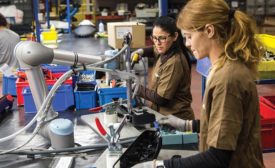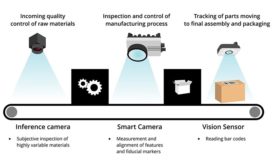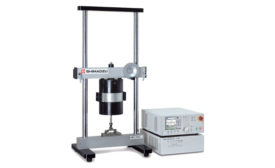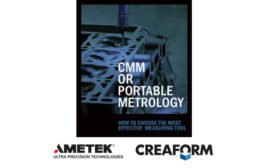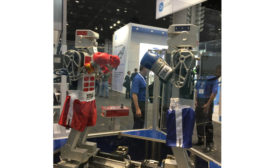Home » manufacturing
Articles Tagged with ''manufacturing''
Smart Camera Evolution
The evolving capabilities of cameras with onboard intelligence are creating new opportunities for the industry.
May 1, 2019
Electronics & Quality
Evaluating the physical properties of electronic devices and parts.
May 1, 2019
Drive Improvement with Data
Achieve greater insight into the operations and make decisions based on data.
May 1, 2019
How a Global Manufacturer Prevents Defective Parts with SPC Software
Easy monitoring and actionable reporting are key.
April 30, 2019
Sponsored Content
White Paper: CMM or Portable Metrology
How to Choose the Most Effective Measuring Tool
April 24, 2019
Sponsored Content
Understanding Quality Planning best practices to establish and meet quality standards and drive productivity
April 19, 2019
Sponsored Content
Repeatability, Reproducibility and Traceability for Medical Compliance
April 10, 2019
Stay in the know with Quality’s comprehensive coverage of
the manufacturing and metrology industries.
eNewsletter | Website | eMagazine
JOIN TODAY!Copyright ©2024. All Rights Reserved BNP Media.
Design, CMS, Hosting & Web Development :: ePublishing
